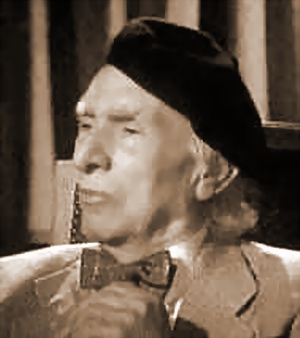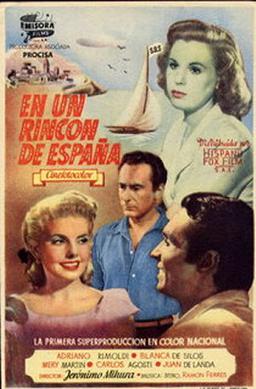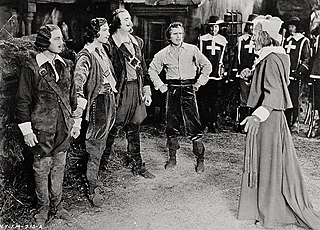Related Research Articles

John Alton, born Johann Jacob Altmann, in Sopron, Kingdom of Hungary, was an American cinematographer of Hungarian-German origin. Alton photographed some of the most famous films noir of the classic period and won an Academy Award for the cinematography of An American in Paris (1951), becoming the first Hungarian-born person to do so in the cinematography category.

Charles G. Rosher, A.S.C. was an English-born cinematographer who worked from the early days of silent films through the 1950s.

Guy Mervin Charles Green OBE BSC (5 November 1913 – 15 September 2005) was an English film director, producer, screenwriter, and cinematographer. In 1948, he won an Oscar as cinematographer for the film Great Expectations. In 2002, Green was given a Lifetime Achievement Award by the BAFTA, and, in 2004, he was named an Officer of the Order of the British Empire for his lifetime contributions to British cinema.

Joseph Ruttenberg, A.S.C. was a Ukrainian-born American photojournalist and cinematographer.
Harry J. Wild, A.S.C. was a film and television cinematographer. Wild worked at RKO Pictures studios from 1931 through the 1950s. In total Wild was involved in 91 major film projects and two extended television series.
Sir Anthony James Allan Havelock-Allan, 4th Baronet was a British film producer and screenwriter whose credits included This Happy Breed, Blithe Spirit, Great Expectations, Oliver Twist, the 1968 version of Romeo and Juliet and Ryan's Daughter.
Carlos Torres Ríos (1898–1956) was an Argentine cinematographer, film director, screenwriter, film editor and film producer of the classic era.
The British Society of Cinematographers is an organisation formed in 1949 by Bert Easey, the then head of the Denham and Pinewood studio camera departments, to represent British cinematographers in the British film industry.

Luiz de Barros was a prominent Brazilian film director, film producer, film editor, screenwriter, cinematographer, film actor and set designer and manager who played a key role in Brazilian film production from the early silent era around 1914 through to the late 1970s. One of his trademarks was taking responsibility for nearly every department of the production of his films.

Philip E. Rosen was an American film director and cinematographer. He directed more than 140 films between 1915 and 1949.
Joseph Patrick MacDonald, A.S.C. was a Mexico-born American cinematographer. An assistant cameraman from the early 1920s, he became a cinematographer in the 1940s and soon was working on Hollywood productions, mostly at 20th Century Fox. He was usually billed as Joe MacDonald. He was the first Mexico-born cinematographer, and only the second overall, after Leon Shamroy, to film a movie in CinemaScope, as well as the first Mexico-born cinematographer to film a movie in Deluxe Color.
Willy Goldberger (1898–1961) was a German-Spanish cinematographer. On some Spanish films he is credited as Guillermo Goldberger.
Franz Weihmayr was a German cinematographer who worked on over 80 films between 1924 and 1964. He was one of the leading German cinematographers of the Nazi era, working on a number of Zarah Leander films and the 1935 propaganda documentary Triumph of the Will. His marriage to Ada Tschechowa ended in divorce. After the Second World War, Weihmayr worked in West German cinema, including rubble films such as Love '47.
Gábor Pogány (1915–1999) was a Hungarian-born Italian cinematographer. Born in Budapest and educated in Britain, Pogány emigrated to Italy and spent much of his career in the country. He worked on over a hundred films during his career, mainly Italian films as well as some international productions. He worked frequently with the director Vittorio De Sica on films such as Two Women (1960). In 1960 he won a Nastro d'Argento for best cinematography for his work in Alessandro Blasetti's European Nights.
Henry Freulich was an American cinematographer for 31 years. He was married to the actress Kay Harris.

In a Corner of Spain is a 1949 Spanish drama film directed by Jerónimo Mihura and starring Carlos Agostí, Juan de Landa and Blanca de Silos. It was the first Spanish film in colour, using the cinefotocolor process. Part of the narrative portrays the lives of Polish political refugees who have settled in Spain.
José Díaz Morales (1908-1976) was a Spanish screenwriter and film director. He emigrated to Mexico in the latter half of the 1930s following the outbreak of the Spanish Civil War.

Eusebio Fernández Ardavín (1898–1965) was a Spanish screenwriter and film director. He was the brother of the playwright Luis Fernández Ardavín. His nephew César Fernández Ardavín who also became a film director, began his career working for Eusebio.
Michel Kelber was a French cinematographer. Beginning in the late 1920s, he worked on more than a hundred film productions during a lengthy career. Born in Kyiv, then part of the Russian Empire, he studied art and architecture in Paris. He started worked as an assistant cameraman in 1928, before progressing to cinematographer four years later. He worked with leading directors such as Jean Renoir, René Clair, Julien Duvivier and Claude Autant-Lara. He also worked for periods in Spain, including during the wartime German occupation of France.

Henry Sharp was an American cinematographer who worked in Hollywood from the 1920s through the 1950s. He was known for his work with actor Douglas Fairbanks.
References
- ↑ Bentley p.96